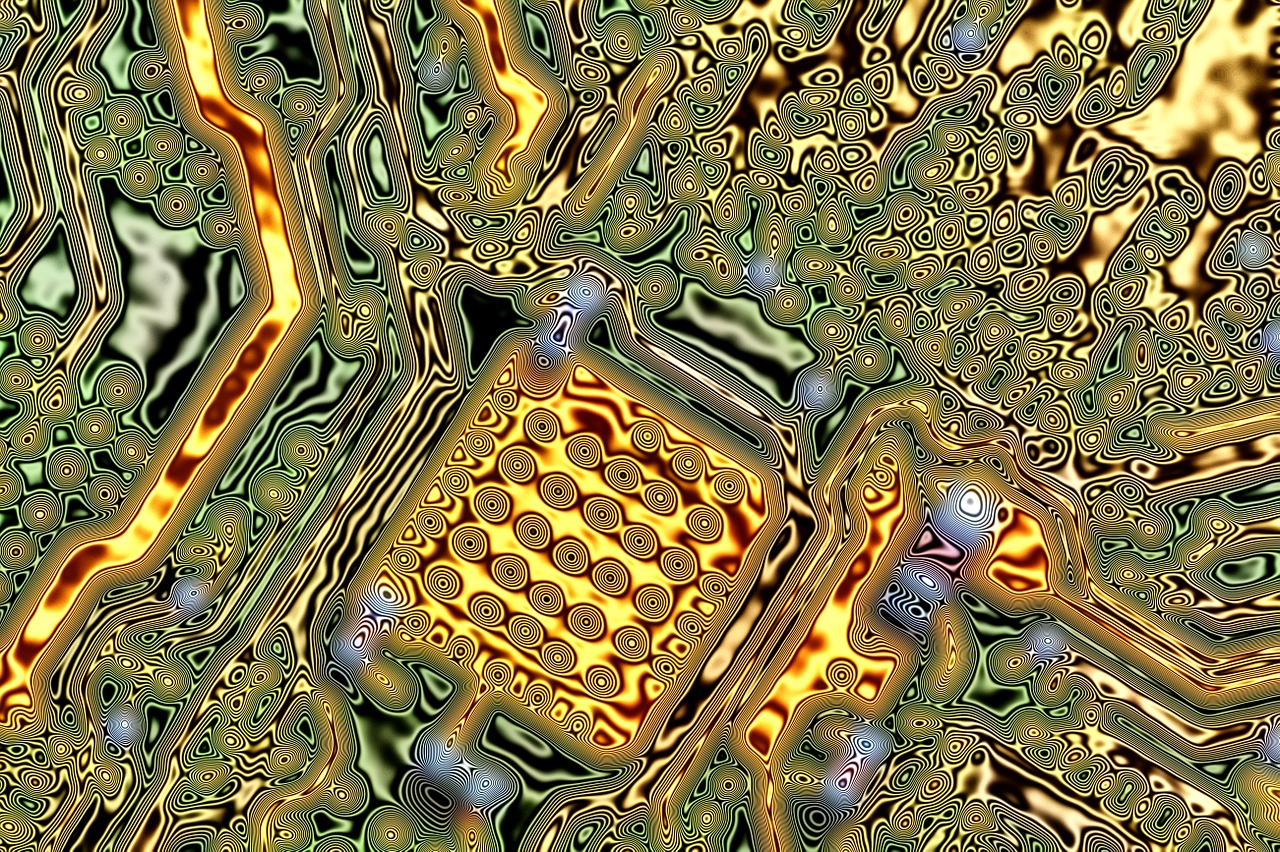
A CIC nanoGUNE research team, led by the Ikerbasque researcher Félix Casanova, and the multinational Intel, the world's largest integrated circuits manufacturer, are working together on a leading project that aims to develop what Intel has called the "MESO" device, a new technology that has taken into account since its conception the memory requirements, interconnections and logic of the computational needs of the future.
According to Félix Casanova, there are two unavoidable challenges that drive the change towards new electronic technologies. The first, inherent in the CMOS technology itself (based on silicon) that is used today on a large scale, is that it has a physical limit. "The number of transistors that have been able to be integrated into a chip has been doubling every two years, but this scaling has a limit and there will be a time when if we make it smaller it will stop working because we will lose the 'control' over the electrons. We can not make smaller transistors!" Casanova explains. The second challenge is related to the digital era. The huge amount of information processed and stored today is a demand for brutal electricity consumption. According to a study published in Challenges1, the consumption of electricity by the use and transfer of digital data could represent 20% of the world's electricity consumption by 2030. Therefore, "any small improvement in the energy saving of a computer could represent a great global savings" adds the Ikerbasque researcher from nanoGUNE.
To work in this line, nanoGUNE has signed a research project with Intel whose objective is to improve the performance and energy savings of the computers of the future by optimizing the MESO technology. The project also includes the participation of Nobel Prize labs Albert Fert at the CNRS / Thales (France) and a group from the University of California, Berkeley (USA). The contract signed with the multinational, which amounts to $ 650,000, has allowed the creation of a specific work team for the development of the project.
"It is very gratifying to see how something that started as fundamental research can end up in a revolutionary application that can change the paradigm of electronics," says Casanova. "At the moment, what we have in hand is a sample of what is possible to do and the innovation that can reach the industry. If at the end of the project we demonstrate that the device is experimentally viable and meets the efficiency levels they need, it is very likely that Intel will bet on its exploitation ", concludes the Ikerbasque researcher from nanoGUNE.
What is the MESO logic?
Several alternatives have been proposed to face the challenge of the physical limit of CMOS technology and the energy consumption, while improving the power of computers, mobile phones, and other technological gadgets. One of the most mature proposals is spintronics, which has great potential and is destined to become an alternative to current electronics. "The Intel researchers with whom I collaborate have proposed a logic that would allow Moore's Law to be maintained beyond CMOS: the MESO2 logic," Casanova points out.
"The MESO logic consists of two parts. One reads the information of the magnetic bit, in which it pretends to exploit a very singular quantum effect called 'spin-orbit coupling'. The other writes the magnetic bit from the magneto-electric effect of some materials, "explains Casanova. "Our team at nanoGUNE now has to find the best materials so that the signal that comes out of the magnetic bit is large and the device is feasible as proposed. The ultimate goal of the project will be to integrate the two parts into a complete device. "The current computers have the memory in one device (hard disk, RAM) and do the logical operations in another (the microprocessor), so that time and energy is lost in continuously transferring the information between these two devices. In a MESO circuit the two parts are completely integrated, and this would allow a great improvement in performance ", highlights the researcher Ikerbasque.
.png)
